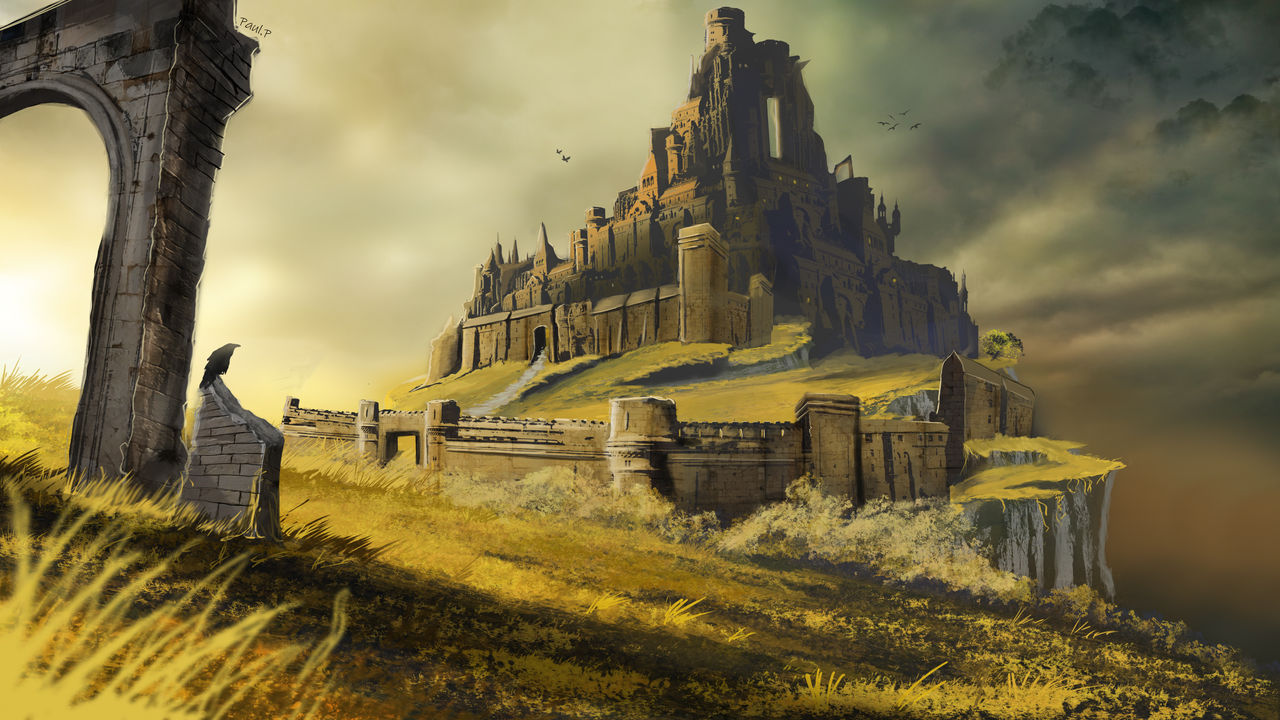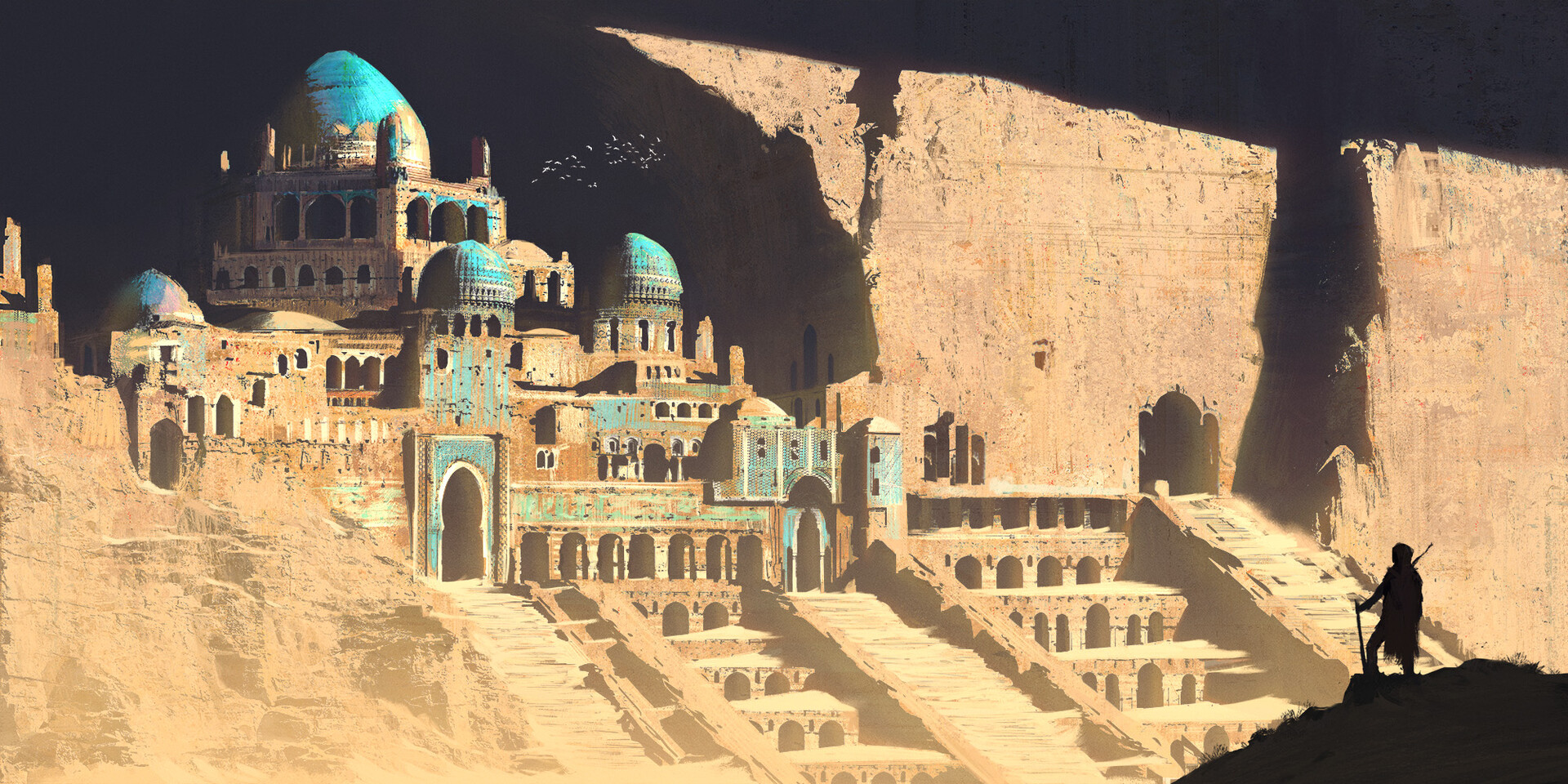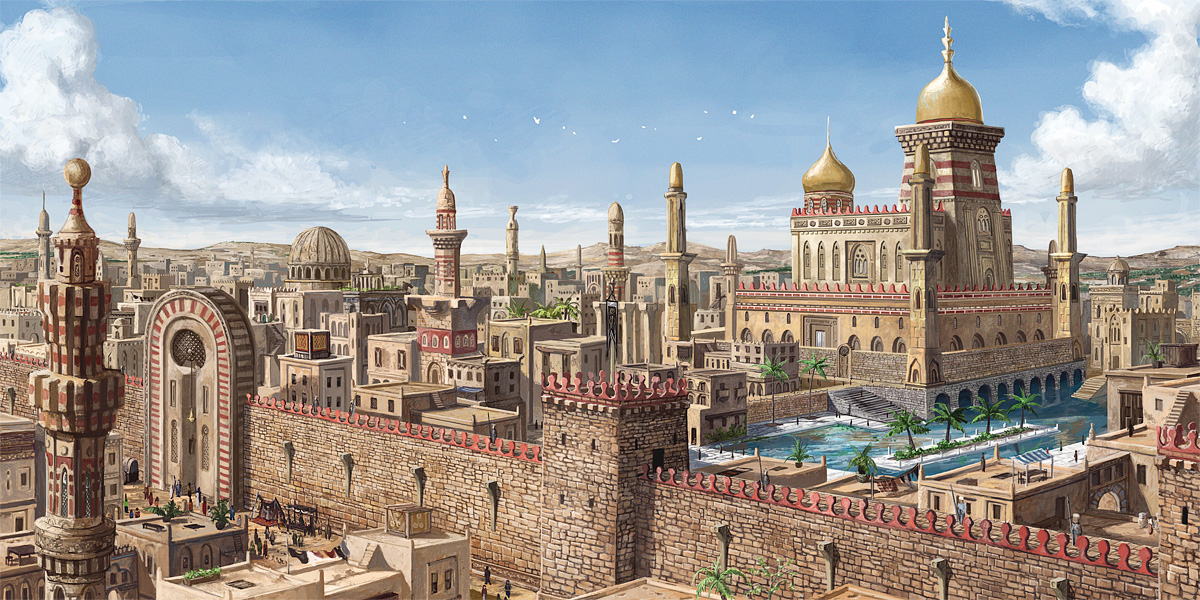 |
| Art by Dave Trampier, source |
Allow me to deviate from my usual additions and suggestions for Mystara. I feel the need to write down some ideas that have been fermenting in my head. Note that these ideas are not entirely original to me - they have been inspired (and maybe explained better) by other, more eloquent bloggers.
So what motivates adventurers? Why do they bother getting out of bed in the morning and heading to the dungeon for a day of violence and near-death experiences? Generally this is a matter of acquiring more power, principally in levels of experience. To gain levels as a character you need to gain experience points. How do you do that?
According the the B/X rules there are 2 main sources of XP: monsters and treasure. Treasure is expected to make up the bulk of XP awards, and I have created adventures on this blog (both the more recent Scenarios and also the older Dungeons of the Month) with a ratio of 1 monster XP : 3 treasure XP. This may seem stingy, but DMs using my adventures are always welcome to increase the treasure amounts as they see fit.
3E and 5E D&D don't offer XP for finding treasure. In both games XP is expected to come from a combination of defeating monsters and completing story goals.
The idea of quest or story-based XP tentatively emerged in later 1st Edition AD&D material and was formalised in 2nd Edition AD&D. This started out as XP for rescuing prisoners as if they had been defeated by the PCs (so a party of PCs would get more XP for rescuing a high level NPC than a 0-level peasant). It has now become a matter of "Award the PCs 1000xp each if they return the stolen crown to the king".
The 3E DMG suggests awarding XP for successfully resolving non-combat encounters, such as evading or neutralising traps, solving tricks & puzzles, and successfully negotiating with NPCs. In B/X the assumption is that these are not goals in themselves but merely obstacles (sometimes metaphorical, sometimes very physical) in the the path to gaining treasure. Successfully getting through a trap-based encounter means that the PCs are another step closer to their real goal - treasure and the XP that comes with it. This shows to me that B/X rewards are more about the end goal rather than how the PCs get there.
XP can also be awarded for things like good roleplaying, though this is associated with later editions. Although not stated in the B/X rules, these are up to individual DMs. Although not suggested in D&D, some games (particularly MMORPGs) reward PCs with XP for exploring their world and visiting regions for the first time.
1st Edition AD&D also had the idea of gaining XP for finding magic items. 2nd Edition AD&D changed this to gaining XP for creating magic items. 3rd Edition D&D completely flipped this around with requiring XP to be spent to create magic items, but also had a thriving magic item economy where PCs could often buy the weapons or armour they could afford - an alternative reason for gathering lots of money.
In my games magic items neither give nor require XP. Magic items can be seen as a form of power that is not linked to XP or levels. Interestingly, unlike MMORPGs, magic items in D&D generally do not have character level requirements (though some do have class requirements). A 0-level normal human can use many magic items if they know how to wield them. Acquiring magic items can be a powerful motive in itself. Although many items are distributed as part of treasure hoards along with coins, gems and the like, it is possible that a character will set out on an adventure with the goal of acquiring a famous magic item for their own personal use. S2: White Plume Mountain is a classic example of this.
Here's something I was vaguely aware of but it took other bloggers to clarify it. The behaviour of PCs is heavily influenced by how XP is awarded. They will generally behave in a way that gets the most XP according to their assessment of risk vs reward.
If most of their XP comes from treasure then they will become avaricious treasure hunters, looting tombs, dragon hoards, and possibly merchant caravans and town banks. The DM may wish to adjudicate what sort of treasure gives XP and whether robbing peasants of their copper coins will help PCs gain levels.
Although not part of the B/X rules, some groups have house rules where PCs can convert gold into XP only if it is spent on training - usually with a willing NPC of at least 2 levels higher and the same character class as the PC. The duration is typically 1 week per PC level. Although I personally like this idea (it makes becoming better at fighting, casting spells or turning undead more plausible than just looting a dragons' hoard and hey presto the wizard can now cast more spells), I don't expect other groups to use it.
There are other reasons for gathering loot besides XP - you can buy stuff with it. Purely B/X campaigns will find that once the PCs have a ship, horses, wagons and the like they start to run out of useful things in the equipment lists to spend money on. But beyond the B/X rules there are 2 major expenses - firstly in the Companion Rules there are details about being granted land and building one's own stronghold. Creating and maintaining a castle or temple with all its soldiers, hirelings and servants will be expensive. Secondly as alluded to above in 3E D&D it is possible to buy magic items if the right marketplace can be found. Both of these (strongholds and magic items) are reasons to get as much loot as possible from dungeons and monster lairs. Forward-looking PCs may well start saving for these quite early on in their careers.
If they get most of their XP from killing monsters, then that is what they will seek out. This seems to be the expected norm in 3E and 5E. Note that rules in different editions say that XP is awarded for defeating monsters, not necessarily slaying them. This means capturing and subduing generally counts, while avoiding or sneaking past is up to DM discretion (personally I don't think that counts as "defeating" because the monster is still a threat if encountered again).
It helps here if the DM clarifies whether 0-level normal humans count as monsters (they may be only 5xp each but killing a whole village could be worth 1000xp if the DM allows it). DMs are well within their authority to say that killing friendly folk and livestock does not give any XP awards. This reduces the likelihood of the infamous murder-hobos running around the fantasy countryside behaving worse than bandits or orcs. If the PCs still persist with this then the players concerned may be less interested in acquiring levels & XP and more involved in a deranged power fantasy. I've seen it happen - It's not pretty.
If they get most of their XP from quests and heroic achievements then that is what they will do (though perhaps sticking to the letter rather than the spirit of the completion). In 3E it is suggested that story-based XP awards do not exceed XP for defeating monsters, while 5E seems much more vague. It does remind me of MMORPGs like World of Warcraft where characters keep picking up and completing quests and have a list of currently active quests - to-do lists with XP rewards every time one is ticked off. Personally I do not have any problems with XP awards for completing quests as long as DMs are sensible about it. I think the one thing I do raise my eyebrow at is the idea of "once the party reaches this stage of the story/campaign, they all automatically go up 1 level". It just seems lazy, both in terms of adventure design (the next chapter in the mega-adventure is for the next level so lets just increase everyone up 1 level so they can get on with it) and also the gaming experience, feeling entitled to gain a level without regards to earning XP. If I was DMing that sort of adventure, I would not automatically award levels, but I would provide side quests and mini-dungeons as opportunities to earn the required XP so that they have properly gained sufficient XP and therefore levels to take on the next part of the campaign.
XP for role-playing can result in either interesting or annoying attempts to play their characters outside of combat. Sometimes it is entertaining, other times horribly forced.
I was thinking about motivations for protagonists in the stories that inspired D&D. Bilbo Baggins, Conan the Barbarian, Cugel the Clever, Fafhrd and the Gray Mouser and many more heroes of Appendix N were all mostly motivated by money and treasure, and so this is what the creators of D&D (particularly Gary Gygax) expected.
But others had other goals. Frodo Baggins setting off on his epic quest to destroy the One Ring was motivated by trying to save his world. Elric of Melnibone may have enjoyed treasure but was caught up in the wars between Law and Chaos. Drizzt Do'Urden (once he reached the surface world) was often helping his friends around Icewind Dale. The Companions of the Lance were engaged in epic quests to save the world of Krynn from the evil Dragon Armies. Turjan the Magician was interested in knowledge, particularly of arcane matters.
Finally I think alignment should play a part here. I'm not sure which should come first when creating a character, alignment or motivation but I certainly think they inform each other. In the 3-alignment system of B/X D&D, I can well imagine lawful characters being more willing to go on epic quests to save the kingdom, while neutral characters are more interested in personal power and wealth. Chaotic characters are usually similar to neutral ones in motivation but are more likely to become the infamous murder-hobos that are the worst sort of chaotic characters - they have far less restraint or scruples as to how they acquire money and power.
So what is the right way of doing this? Honestly my opinion is whatever works for your group. Different players and DMs will have different ideas and hopefully each group will find a combination of the above that they are comfortable with. I'm not going to lay down any rules or strong opinions (apart from automatically gaining levels....). Although by the book B/X offers only treasure and monster XP, D&D is a game that is wide open to modifications and additions.









